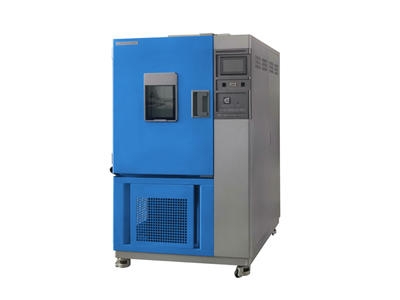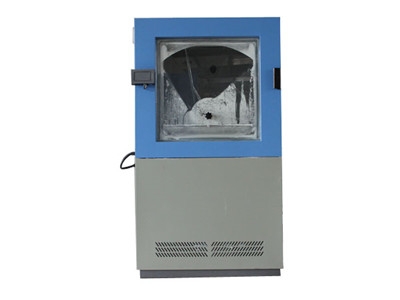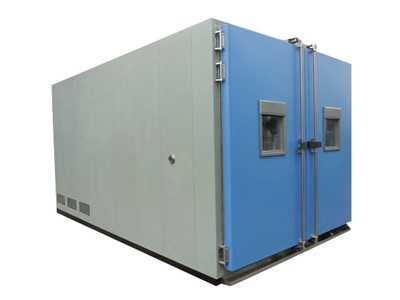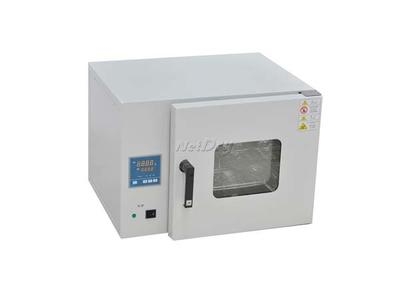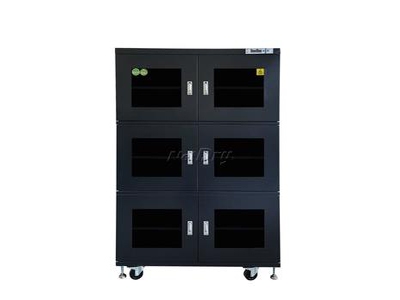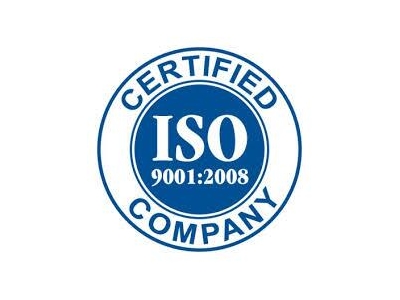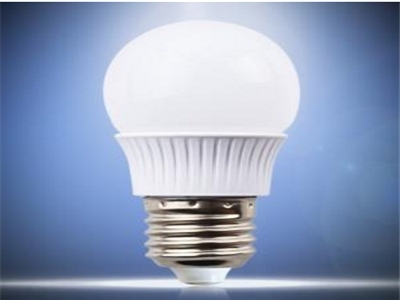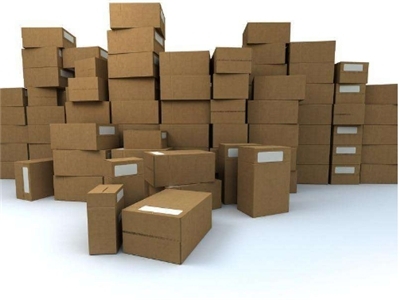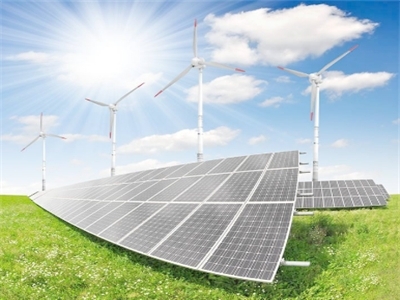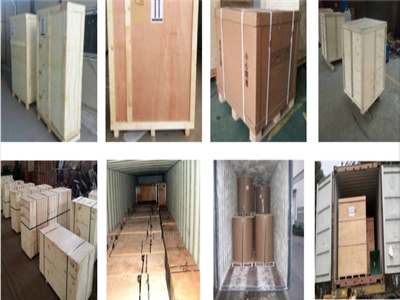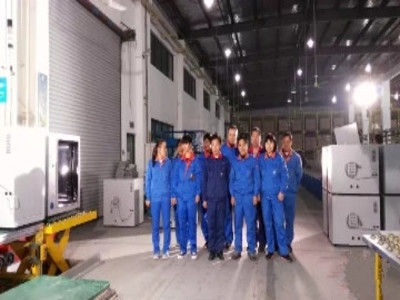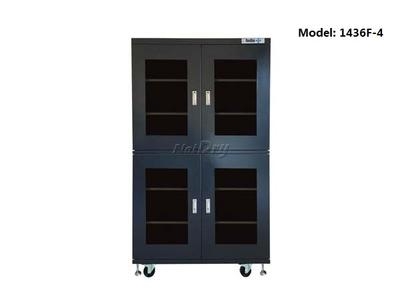How to identify electronic dry cabinet in the market?
There are many kinds of dry cabinet currently in the market,their dehumidifying principle is different,price is different,of course quality is different,so how can we distinguish them out?today Climatest will help you in this field:1.Traditional dehumidification
The basic dehumidification principle of dry cabinet adopts "zeolites" or "molecular sieves" as the dry unit of moisture absorption combined with metal or humidity sensors. Due to the saturation of hygroscopic materials, domestic and foreign brands that can be seen in the market need to have a regeneration cycle to "activate" its hygroscopic function. In general, 3 hours is the "moisture absorption" cycle, and 1 hour is the "regeneration" cycle. It runs again and again. Due to the need to dry and regenerate and stop dehumidification after saturation, the humidity in the cabinet will rise and fluctuate in a specific temperature and humidity environment. For large volume cabinets, the dehumidification speed is slow and the dynamic humidity uniformity is not good, Obviously, this control method is suitable for places where the dehumidification speed and control accuracy requirement are not too high. Because of the low cost, it is very suitable for home users and some industrial users with low requirements.
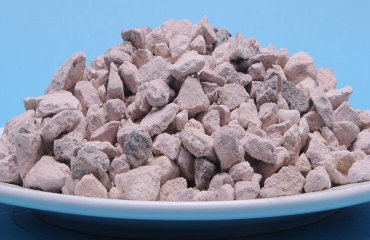
2.Vacuum dehumidification
.png)
3.Nitrogen dehumidification
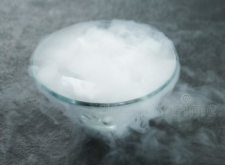
4.Refrigeration dehumidification
This is mainly through refrigeration by a compressor or a semiconductor, reduce the surface temperature on the heat exchanger,enable the moisture in the air is condensed and dewing on the heat exchanger, and then discharged after melting.that‘s why water drops needs to be discharged manually for refrigeration dehumidifier and there is water drop in air conditioner. In this way, the moisture in the sealed space air is discharged to reduce the humidity, and these are all belong to refrigeration-type dehumidification.
The main disadvantage of this method is that the dehumidification effect is influenced by the seasonal temperature, the efficiency is the best at the ambient temperature of about 30 deg. C, the efficiency is greatly reduced once the ambient temperature is reduced, the dehumidification effect under 25 deg. C is obviously reduced, and when the temp. is under 20 deg. C, due to heat exchanger freezes, the water drops can not be discharged,result in difficulty to dehumidify. At the same time, it has poor effect on moisture-proof and anti-oxidation.Morever, the cost is high, the power consumption is huge, and the running cost is high. As the temperature in the working cabinet is lower than the ambient temperature, when the sample is taken out, condensation is formed on the surface of the optical lens, the precision instrument, and the high-brightness metal, the loss can be caused. The water flowing out of the operation shall also be treated.
In addition, it is not possible to carry out 20-30%RH dehumidification, and is not suitable for metal oxidation prevention. And can not simultaneously purify the harmful industrial waste gas in the controlled space, and can not adapt to the preservation of the sample which is required by the air quality of the storage environment such as the photographic film, the magnetic recording material and the like. But in the absence of more effective, more secure, and more economical means of dehumidification, it is also a way of dehumidification.
.jpg)
.jpg)


